Out of office: The Wallpaper* editors’ picks of the week
From sumo wrestling to Singaporean fare, medieval manuscripts to magnetic exhibitions, the Wallpaper* team have traversed the length and breadth of culture in the capital this week
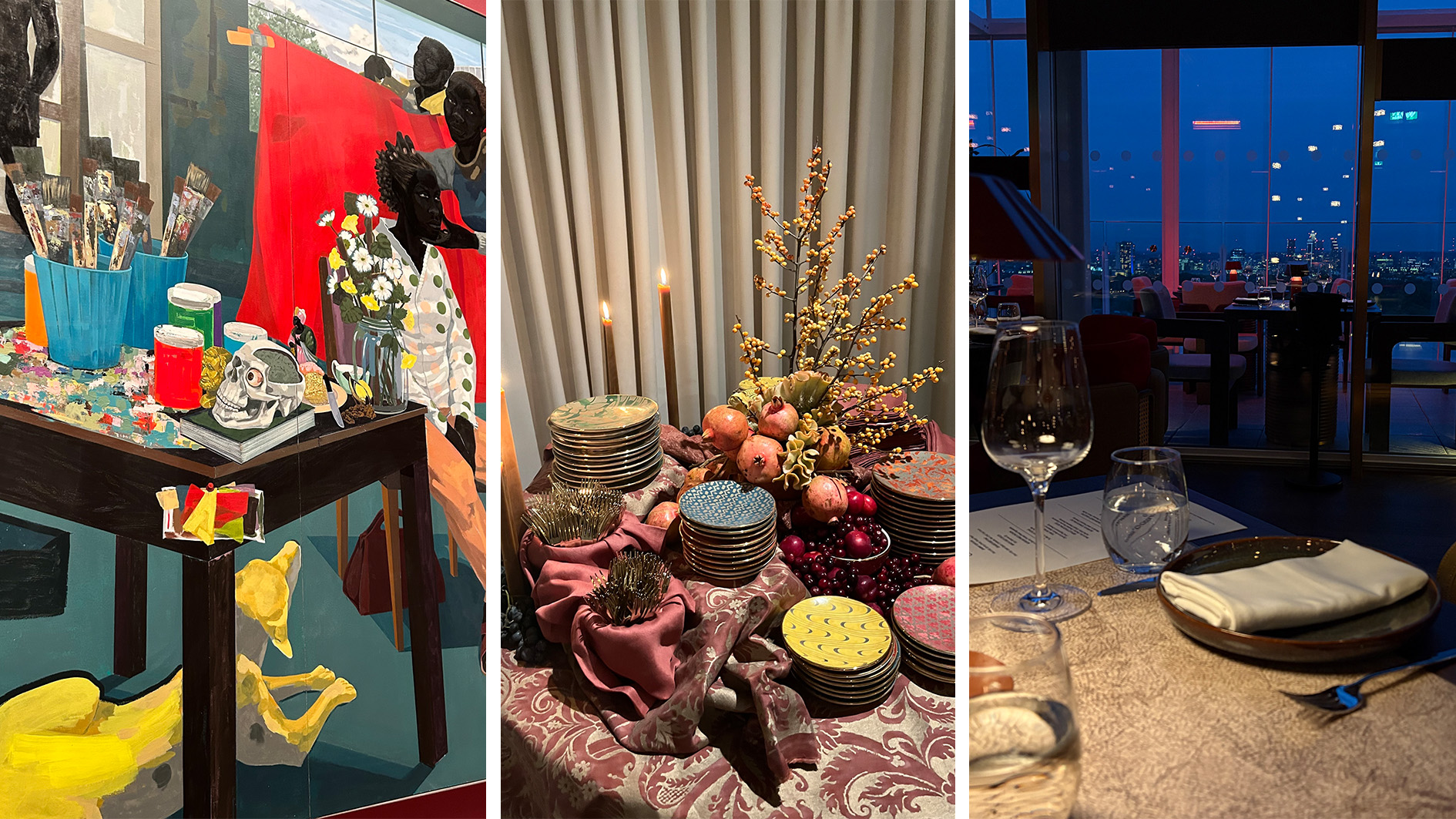
A medieval moodboard
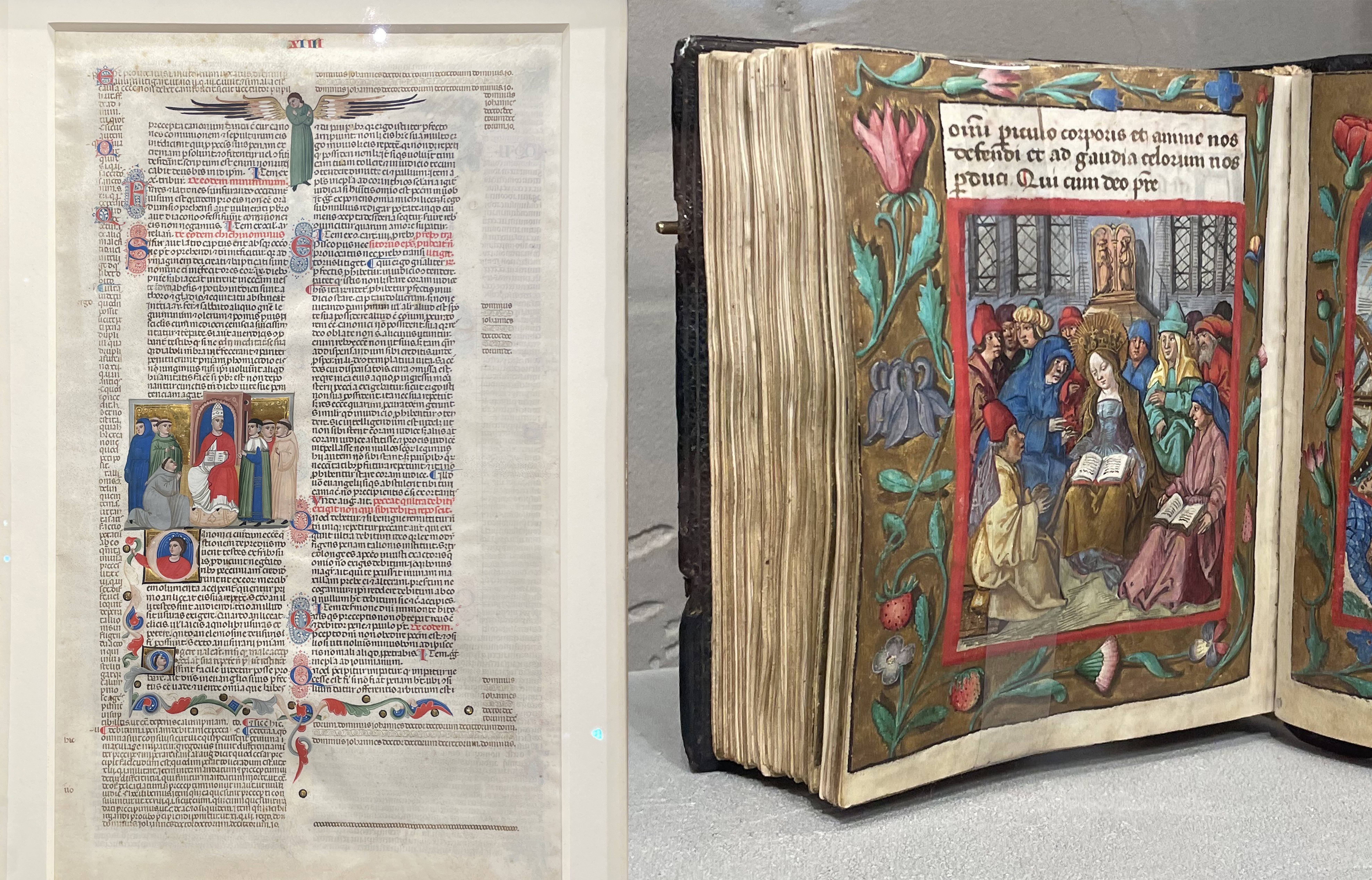
Left: A Prohibition Against Usury. Leaf from a Decretum Gratiani, Causa XIV, illuminated by the Marlay Gratian workshop, Bologna c.1320.
Right: Prayerbook, likely made for an Augustinian monk. Manuscript in Latin, illuminated by Ulrich Taler and workshop. Augsburg, text dated 1508.
Gabriel Annouka, senior designer
Certain books are so captivating that you can’t stop reading or thinking about them. In contemporary design, we obsess over the usual suspects: Swiss grids, sans-serifs, and radically clean layouts (yes, I’m complicit). But last weekend at Frieze Masters, I fell for something wonderfully un-minimal: the medieval books of hours.
Gold and silver leaf halos, hand-painted saints, margins blossoming with vines and mythical beasts – these were the Middle Ages’ daily devotionals, meant more for admiring than for reading: spirituality meets genuine art direction. Each one was a distinct, portable cathedral of pigment and vellum – delicate, sacred, and decadent.
They were said to be accessible at the time (that is, intended for laypeople), though mostly owned by privileged men of the medieval elite (Catherine of Aragon also had one). I must admit I wish I could own one myself – perhaps one day. It’s fascinating how these illuminated pages make our branding palettes appear a little anaemic. I left Frieze (mostly Masters) fully enchanted, already planning how to incorporate a little medieval embellishment into my next work – because even dedication, it turns out, looks better gilded.
A Singaporean spread
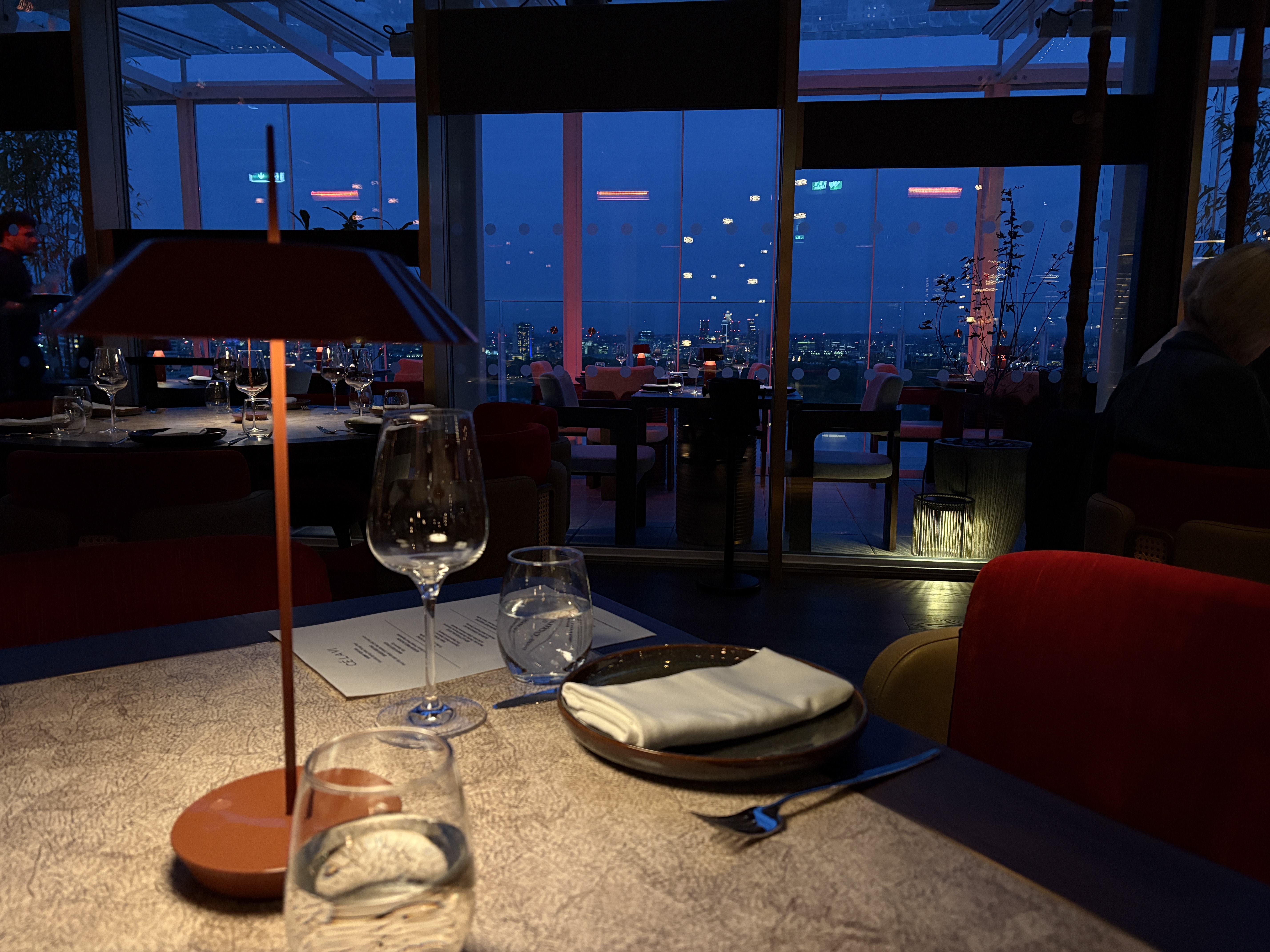
Sofia de la Cruz, travel editor
The best way to enliven an office routine? A glamorous new restaurant opening just next door. That’s been the case for us with the arrival of Cé La Vi, the acclaimed Singaporean import with outposts in Dubai, Taipei and Tokyo.
Perched atop the newly unveiled Renzo Piano Building Workshop glass cube, the restaurant crowns the 17th and 18th floors with sweeping vistas of the capital. A dedicated lift from the new public square whisks guests skyward, each floor revealing an ever-widening panorama before opening into Cé La Vi’s signature scarlet-hued world. Inside, a slick bar, dining space and terrace set the tone for what’s to come, with the top level soon to open as a lounge and private dining suite.
The menu comprises a confident medley of East Asian flavours and textures rooted in the brand’s Singaporean DNA. Dishes arrive with visual flourish and satisfying substance: highlights include delicately seared tuna tataki with pink peppercorn dressing, ideally followed by a bowl of Maldon-salted fries and a well-timed glass of champagne.
A sumo spectacle
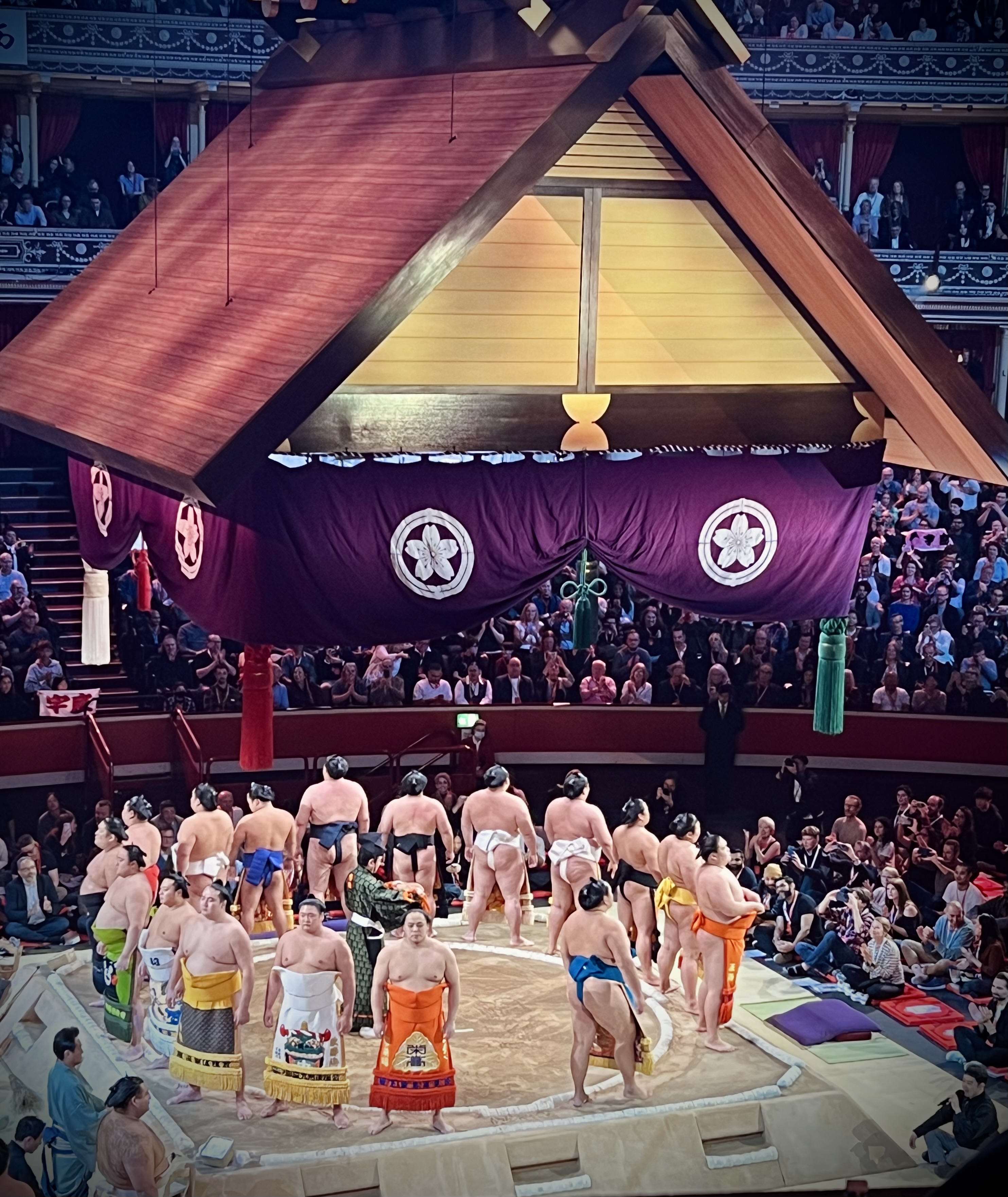
Melina Keays, entertaining director
I’ve been to the Royal Albert Hall and witnessed sumo wrestling’s return to the UK for the first time in 34 years. It was a magnificent occasion, and, for the record, only the second time in history that an official sumo tournament (known as a bansho) has taken place outside Japan. Sipping delicious Hibiki whisky, seated in velvet splendour, I reflected that the Albert Hall seems almost to have been built to host such an event – its grandeur and rotund solidity reflect the features of sumo wrestling, and the great building perfectly encircles the round clay wrestling ring (dohyo) where the action takes place.
Receive our daily digest of inspiration, escapism and design stories from around the world direct to your inbox.
The tournament was a mesmerising and very beautiful combination of ceremony, balletic agility, skill, and brute strength – not to mention the thrill of the competition. I will be rattling the doors of the Albert Hall to get a seat next time elite sumo comes to town – hopefully soon.
A magical collab
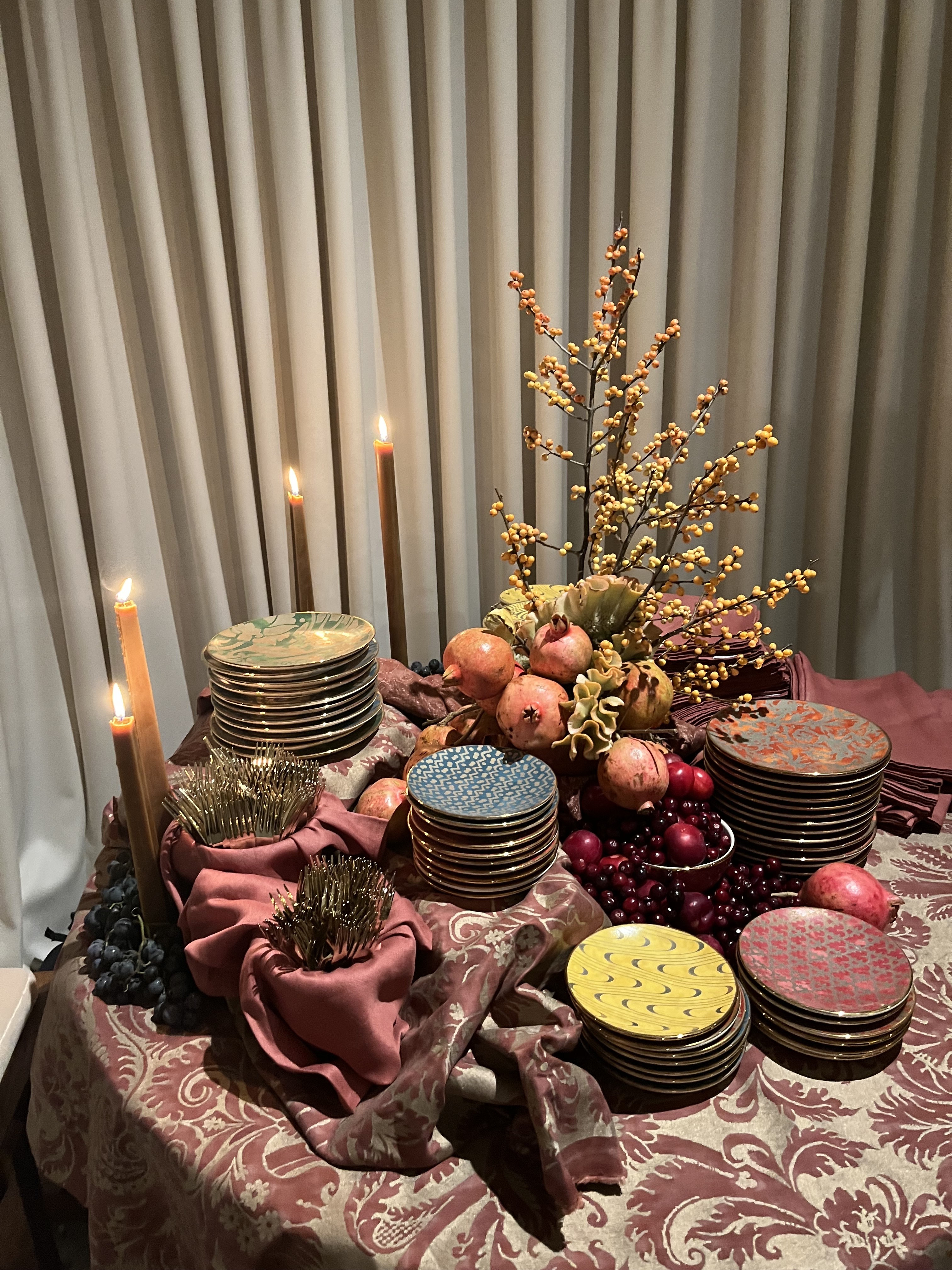
Anna Fixsen, US editor
Love design history? I certainly do, and one of my enduring fascinations is the life and work of Mariano Fortuny, a Spanish-born, Venice-based design polymath who worked across textiles, lighting, production design and fashion during the early 20th century. Fortuny was so renowned that he was known as the ‘magician of Venice’. Though his design company has been operating for more than a century, it found a kindred spirit in a much younger one: L’Objet, the luxury home and lifestyle brand founded by Elad Yifrach in 2005. The two brands toasted to their latest collab at the Manhattan studio of Athena Calderone this week. The collection, which comprises jewel-toned glassware, Midas-touched plates, games and more, provided an opulent backdrop for the evening. A table, heaped high with glistening fruits and nibbles courtesy of chef Andy Baraghani, looked straight out of a Venetian School still life. Magician, indeed!
An upending exhibition
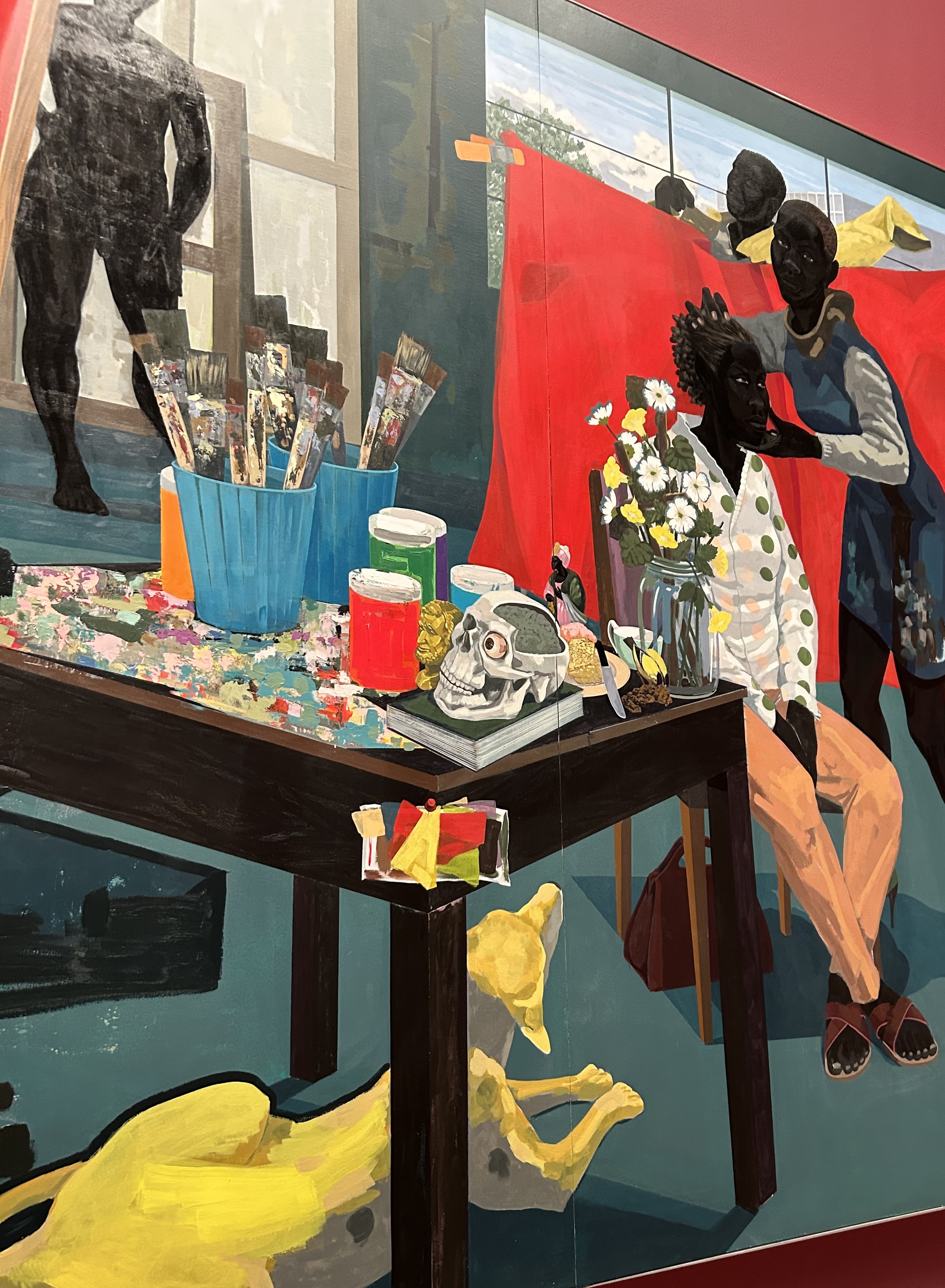
Anna Solomon, digital staff writer
For something unabashedly and authentically different, head to the Royal Academy for ‘The Histories’, a major retrospective of American artist Kerry James Marshall. His work feels so fresh, so defiantly his own, that I had to keep reminding myself I was in the RA – that bastion of British tradition.
Yet there’s no question that Marshall belongs there, among the greats who came before. His paintings are vast, unruly and crammed with references that ricochet from art history to civil rights, comics to science fiction. He moves effortlessly between portraits, still lives, near-monochromes, and electrifying twists on abstract expressionism and Afrofuturism.
Everything about them is bold – the scale, the colour, and, most of all, the presence. Marshall’s Black figures command every canvas, unapologetically occupying the space from which they’ve long been excluded. By remixing the tropes of Western art history, he rewrites it, inserting new heroes into its frames.
-
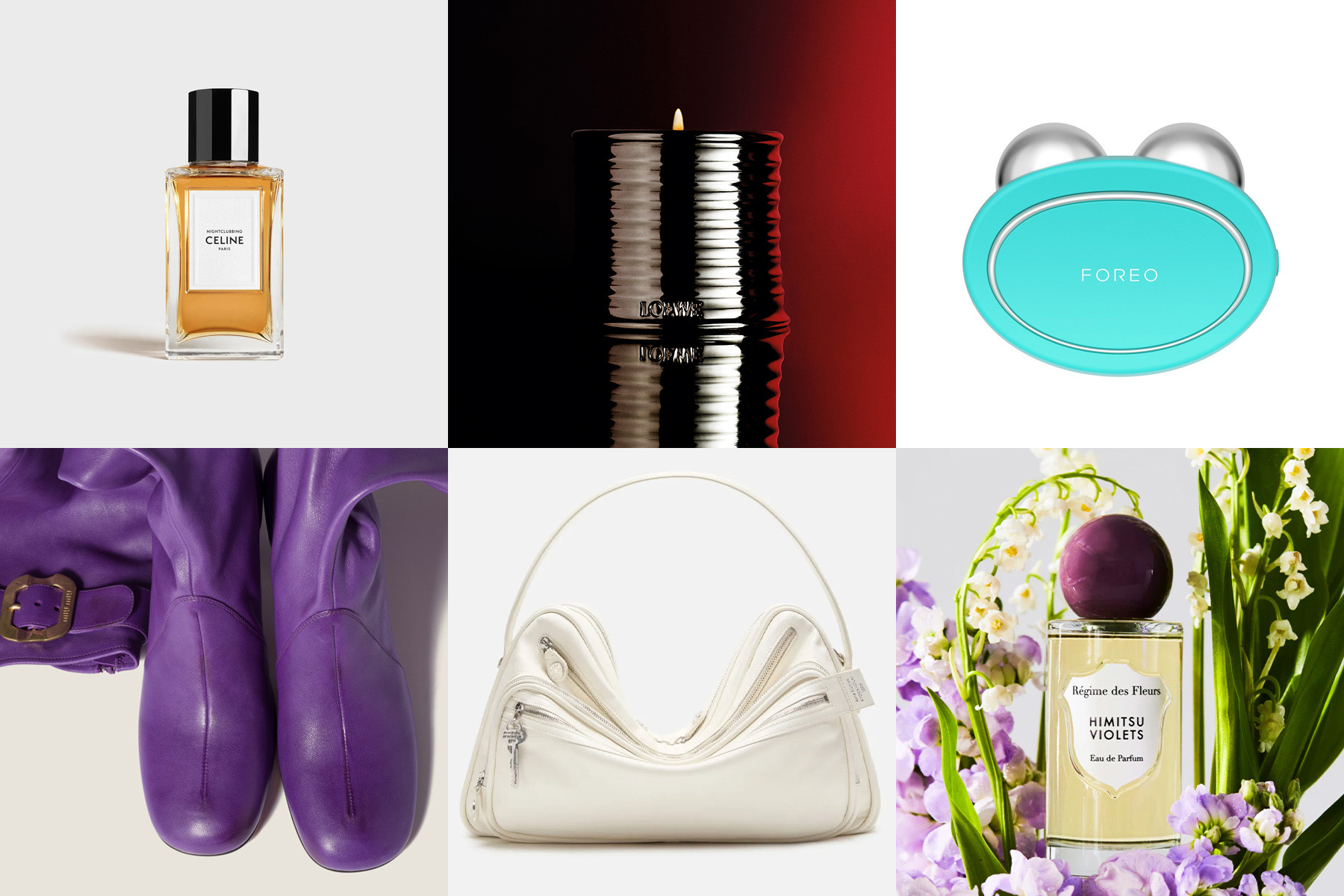 Wallpaper* Gift Guides: What beauty editor Mary Cleary has on her wishlist
Wallpaper* Gift Guides: What beauty editor Mary Cleary has on her wishlistWallpaper* contributing beauty editor Mary Cleary shares the items she is hoping to unwrap this holiday season – from transporting fragrances to a must-have skincare device
-
 A Dutch visitor centre echoes the ‘rising and turning’ of the Wadden Sea
A Dutch visitor centre echoes the ‘rising and turning’ of the Wadden SeaThe second instalment in Dorte Mandrup’s Wadden Sea trilogy, this visitor centre and scientific hub draws inspiration from the endless cycle of the tide
-
 Hyundai is the latest car company to get into robotics: meet the Mobile Eccentric Droid
Hyundai is the latest car company to get into robotics: meet the Mobile Eccentric DroidThe MobED is a new product from Hyundai’s Robotics LAB, pitched at last-mile delivery and industrial applications
-
 Out of office: The Wallpaper* editors’ picks of the week
Out of office: The Wallpaper* editors’ picks of the weekIt’s wet, windy and wintry and, this week, the Wallpaper* team craved moments of escape. We found it in memories of the Mediterranean, flavours of Mexico, and immersions in the worlds of music and art
-
 Each mundane object tells a story at Pace’s tribute to the everyday
Each mundane object tells a story at Pace’s tribute to the everydayIn a group exhibition, ‘Monument to the Unimportant’, artists give the seemingly insignificant – from discarded clothes to weeds in cracks – a longer look
-
 Out of office: The Wallpaper* editors’ picks of the week
Out of office: The Wallpaper* editors’ picks of the weekThis week, the Wallpaper* team had its finger on the pulse of architecture, interiors and fashion – while also scooping the latest on the Radiohead reunion and London’s buzziest pizza
-
 Out of office: The Wallpaper* editors’ picks of the week
Out of office: The Wallpaper* editors’ picks of the weekIt’s been a week of escapism: daydreams of Ghana sparked by lively local projects, glimpses of Tokyo on nostalgic film rolls, and a charming foray into the heart of Christmas as the festive season kicks off in earnest
-
 Wes Anderson at the Design Museum celebrates an obsessive attention to detail
Wes Anderson at the Design Museum celebrates an obsessive attention to detail‘Wes Anderson: The Archives’ pays tribute to the American film director’s career – expect props and puppets aplenty in this comprehensive London retrospective
-
 Meet Eva Helene Pade, the emerging artist redefining figurative painting
Meet Eva Helene Pade, the emerging artist redefining figurative paintingPade’s dreamlike figures in a crowd are currently on show at Thaddaeus Ropac London; she tells us about her need ‘to capture movements especially’
-
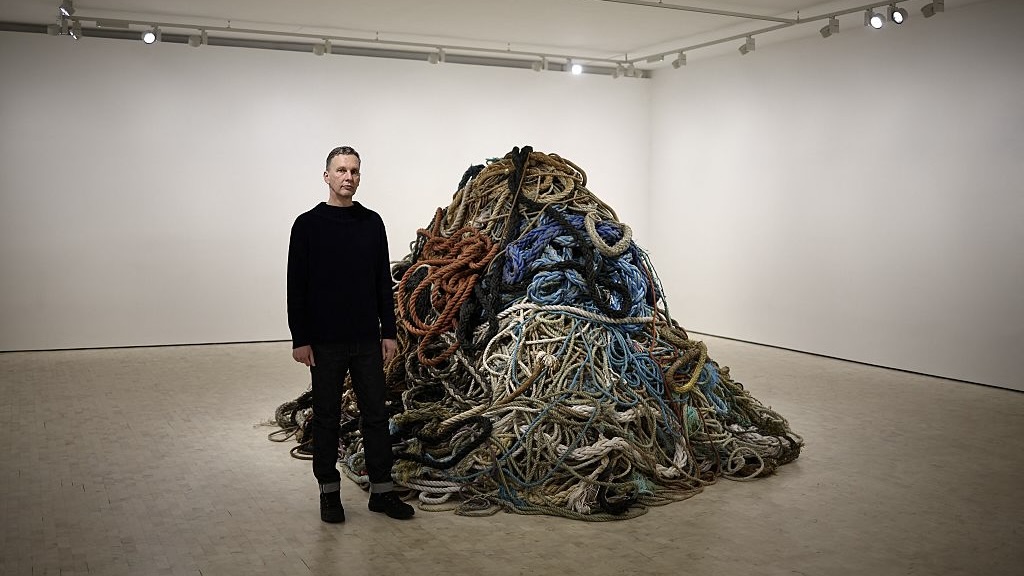 David Shrigley is quite literally asking for money for old rope (£1 million, to be precise)
David Shrigley is quite literally asking for money for old rope (£1 million, to be precise)The Turner Prize-nominated artist has filled a London gallery with ten tonnes of discarded rope, priced at £1 million, slyly questioning the arbitrariness of artistic value
-
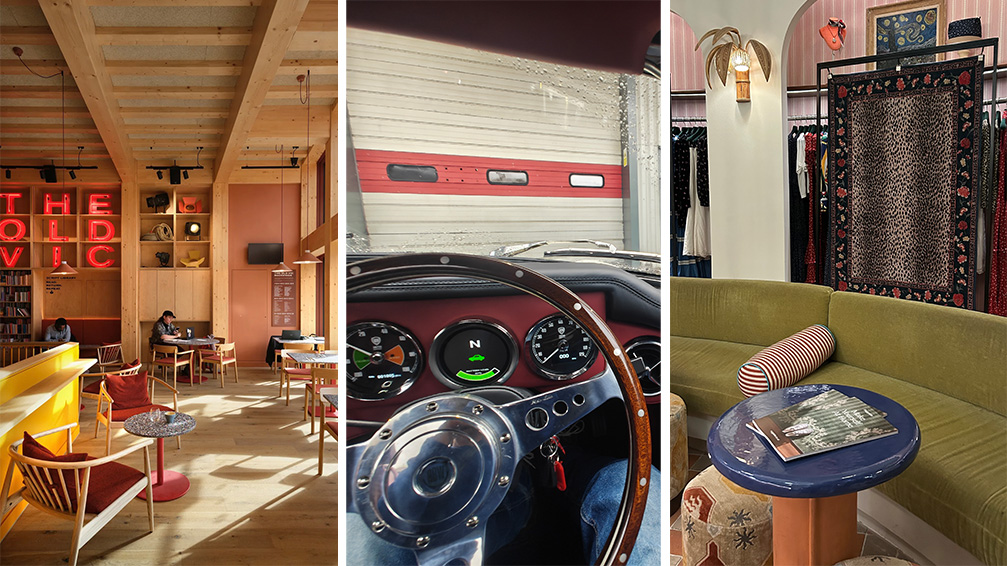 Out of office: The Wallpaper* editors’ picks of the week
Out of office: The Wallpaper* editors’ picks of the weekThe rain is falling, the nights are closing in, and it’s still a bit too early to get excited for Christmas, but this week, the Wallpaper* team brought warmth to the gloom with cosy interiors, good books, and a Hebridean dram